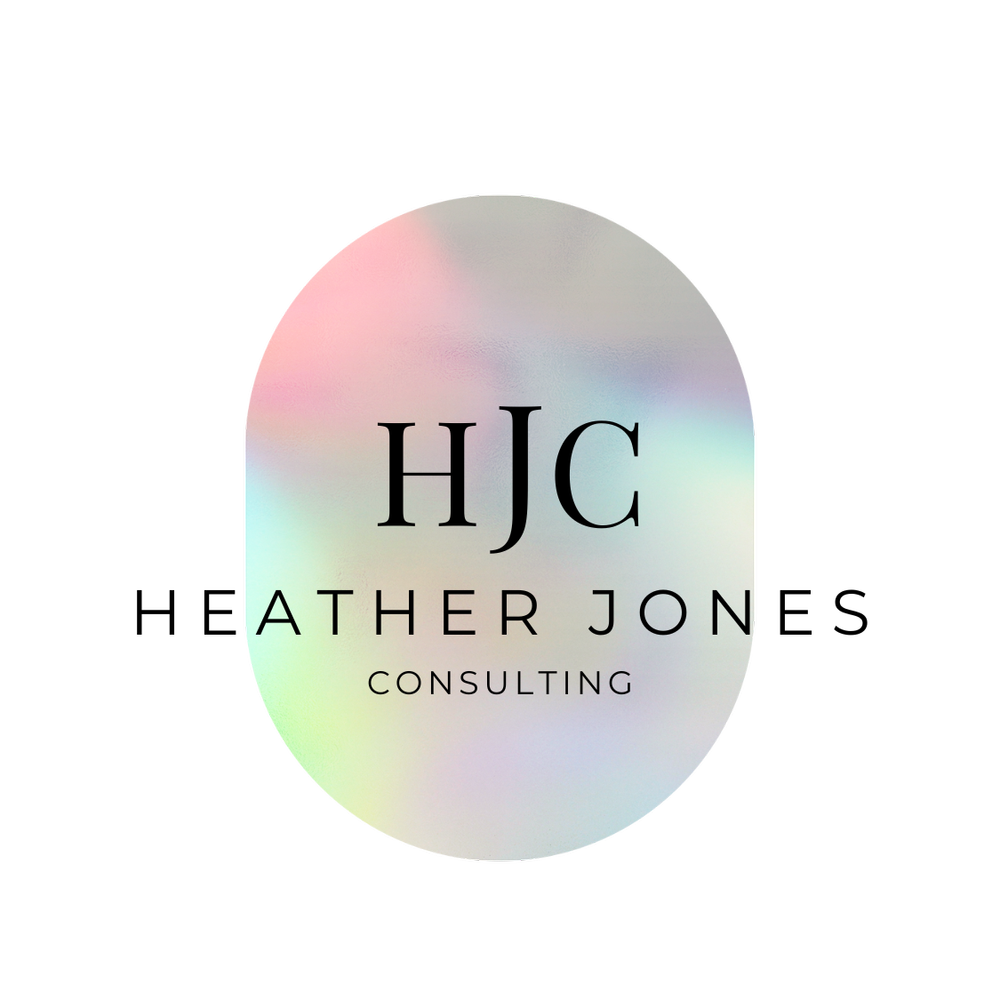Raise your hand if you’ve used the traditional marketing funnel in the past 5 years. Many of us are familiar with the classic inverted funnel detailing the levels of the customer journey: awareness, consideration, conversion, etc.
Friends, it’s time to let it go.
In 2020, Google research introduced the “Messy Middle", revealing what we all have been feeling of late: the consumer decision-making process these days feels more like a child’s scribble on paper rather than a neatly-tiered funnel.
So when I ran across this blog post from A88Lab, “The Marketing Funnel is Dead”, I was inspired. The article beautifully interprets this concept, and I highly recommend reading it for a deeper dive. While it’s geared toward the B2B SaaS industry, the implications for consumer brands are just as valid.
But first, what is the Messy Middle?
The Messy Middle
Google’s research uncovered that consumers bounce between two mental states: exploration (expanding their options) and evaluation (narrowing them down). This loop continues, round and round, until a decision is made. In other words: no one smoothly descends down the ranks from awareness to advocacy. These days, we are all zig-zagging back and forth between pieces of content, social proof, reviews, recommendations, influencers, brand mentions, articles—anything that helps make a confident decision.
This chaotic, non-linear journey is what we publicists have always understood: trust is built over time, and purchase decisions are influenced by an accumulation of touchpoints, from whispers to billboards.
Why This Matters for Earned Media
In the Messy Middle, reputation is everything. Your consumers are influenced by what they see and hear about your brand when they’re not on your site or socials. This is where earned media—PR, influencer marketing, and the elusive realm of what A88Lab calls “Dark Social”—become essential.
As Darth Vader-y as it sounds, Dark Social simply refers to the sharing of content and opinions through private channels: DMs, texts, Slack groups, private Facebook groups, Reddit threads. You can’t track it in Google Analytics, but it’s where reputations are made or broken.
A New Context for PR and Influencer Marketing
Too often, PR is judged by metrics: impressions, UMVs, and media hits. Under the Messy Middle model, we need a new lens. PR’s role is no longer just to generate awareness—it’s to influence the endless loop of exploration and evaluation.
In practice, that means:
Building a persistent, trusted presence across third-party channels.
Partnering with third parties who align with your brand values (and who show up in those micro-moments of evaluation).
Seeding your narrative in a way that sparks conversation—even if you can't track every share or mention.
Embracing the unknown—understanding that influence often happens in invisible, unmeasurable ways, and being okay with not having all the data.
Long-Fused Marketing Wins
The A88Lab article makes a powerful point: the only way to earn true customer loyalty is through long-fused, persistent marketing efforts. It’s wonderful when PR and influencer campaigns deliver instant ROI, but their real power lies in shaping the environment where conversions become inevitable.
Marketers: if you’re rethinking your strategies for 2025 and beyond, consider this your permission slip to stop chasing funnels—and start investing in reputation.



